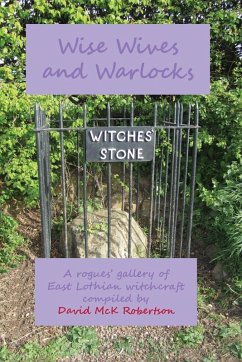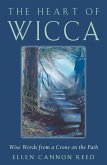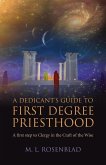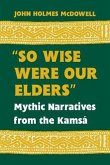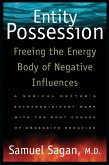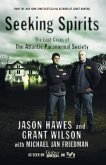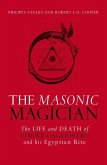East Lothian is well known as the setting for the notorious "North Berwick" witchcraft outbreak, which is so famous as to have come to dominate all consideration of Scottish witchcraft. This is a pity, as there is much about "North Berwick" which is not typical of Scottish witchcraft, while there is a vast amount of other interesting material which up to now has been virtually ignored. "Wise wives and warlocks" takes a less academic approach than "Goodnight my servants all" (Grimsay Press, 2008)-- which tries to find every reference on record relating to witchcraft and other kindred matters in East Lothian -- and offers a close look at some of the more interesting characters involved. Until recently, the politically correct view of Scottish witchcraft was more or less that it was all nonsense, and that "witches" were poor innocent souls unjustly hounded to a horrible death by tyrannical misogynist religious fanatics. While there is a limited amount of truth in this view, we need not doubt for a moment that there were substantial numbers of people in 17th Century Scotland making a living as healers, charmers, and practitioners of traditional magic. Some of these worthies were not above using their "powers" to cause harm and mischief, and some were seriously unpleasant people habitually extracting money and gifts with threats and menaces. The question of diabolic witchcraft is more problematic. The Devil was originally a foreign import into the world of traditional Scottish magic, and while we cannot absolutely rule out the possibility of "witch clubs" with a "devil" as a sort of master of ceremonies, it seems likely that most of the witchcraft confessions involving the Devil were exercises in telling interrogators what they wanted to hear. We should perhaps make an effort to climb down from our lofty modern superiority, and try to see magic and witchcraft through 17th Century eyes. Our ancestors were not being wilfully stupid or perverse. Magic and witchcraft were realities which pervaded everyday life, and fitted logically into the scheme of things. Many of our cherished 21st Century notions may seem just as bizarre three hundred years into the future.
Hinweis: Dieser Artikel kann nur an eine deutsche Lieferadresse ausgeliefert werden.
Hinweis: Dieser Artikel kann nur an eine deutsche Lieferadresse ausgeliefert werden.

